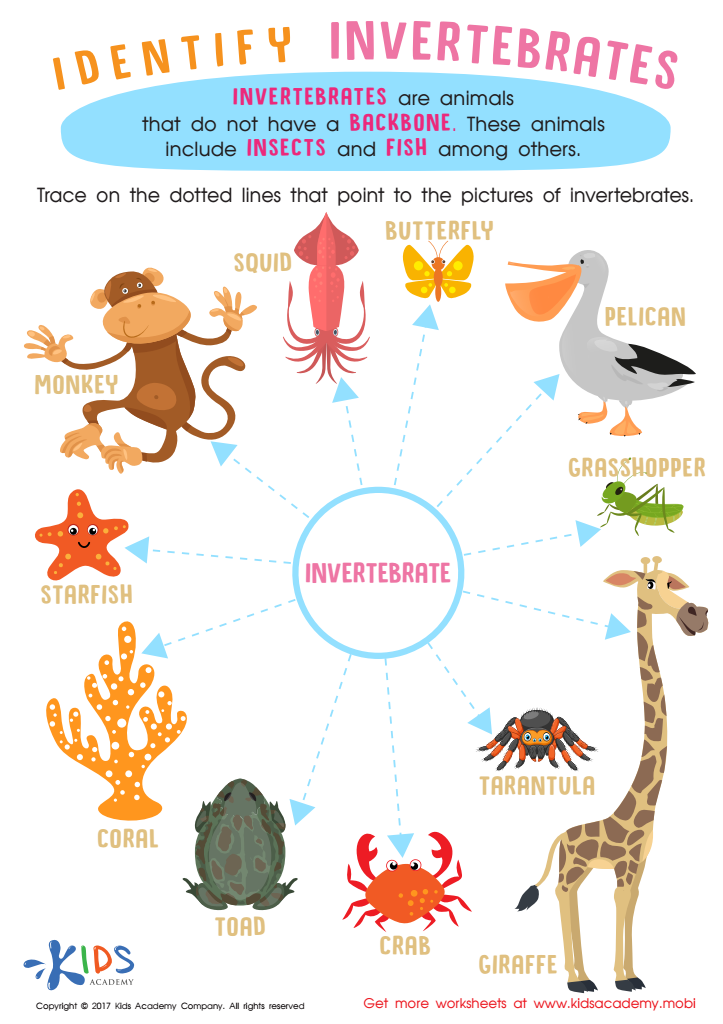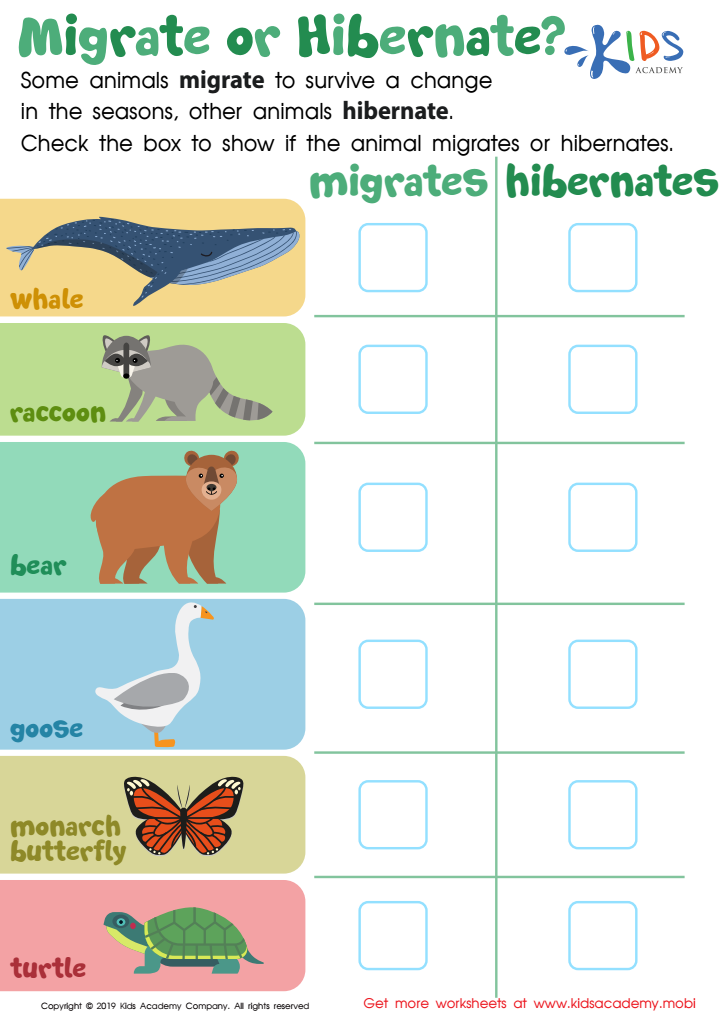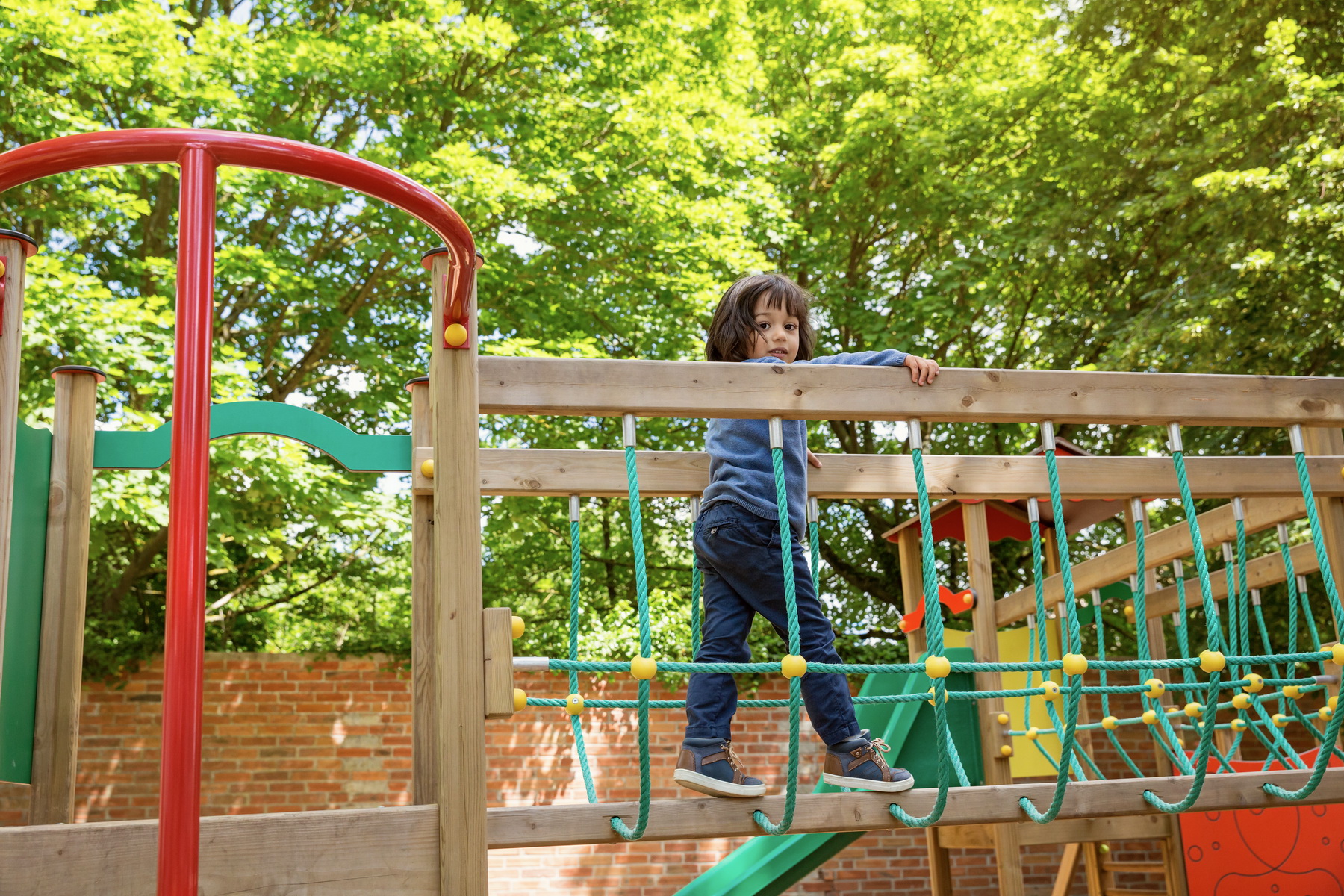Categorizing animals Worksheets for Kids
3 filtered results
-
From - To


Studying Fossils Worksheet


Invertebrates Worksheet for Grade 3


Migrate or Hibernate? Worksheet
Question/Answer
What are some effective activities to train students’ Categorizing animals skill when teaching them about Life Science?
Effective activities for training students in categorizing animals include creating animal classification charts, engaging in interactive sorting games (physical or digital), using flashcards for group classification exercises, conducting outdoor scavenger hunts to find and categorize local wildlife, and implementing collaborative projects where students design their own zoos or ecosystems, ensuring animals are placed in their correct categories.
Why is the Categorizing animals skill important for Grade 3 students?
The Categorizing animals skill is important for Grade 3 students because it helps them understand biodiversity, teaches them about different animal characteristics and habitats, and aids in developing critical thinking and organizational skills. By learning to classify animals, students can better grasp the complexity of the natural world, fostering a sense of responsibility towards environmental conservation.
How does the mastery of the Categorizing animals skill affect a student's performance at an early age?
The mastery of the Categorizing Animals skill at an early age significantly improves a student's performance by enhancing their observational skills, critical thinking, and understanding of biological diversity. It aids in developing organizational abilities and a foundational grasp of scientific classification, thereby fostering a deeper interest in biology and environmental science.

 Assign to the classroom
Assign to the classroom

.jpg)










